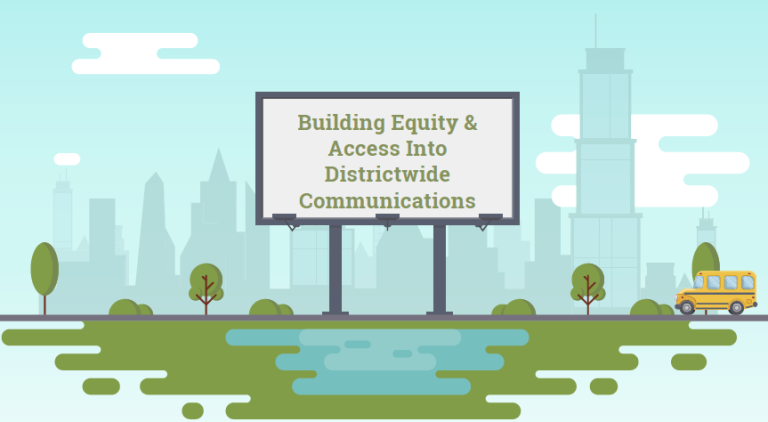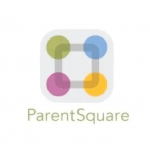By Brooke Trahan, originally published in Equity & Access
School districts deal with numerous unexpected challenges and roadblocks on a daily basis and ours is no exception to that rule. In fact, we recently found ourselves grappling with an electrical transformer that was put out of service by a major storm in the area.
All of the lights went out at one of our elementary schools, leaving the campus with no Wi-Fi, phones or backup generator. Everything went down, but because the school’s principal had the ParentSquare school-home communication app on her phone, she was able to quickly send out a mass alert to all staff members and families.
The message got out quickly and everyone was able to take the appropriate action—all while the school had no other contact points with the outside world.
Here are four other reasons we replaced our previous, disparate approach to school-home communications with a unified, districtwide platform:
- Break down language barriers. Our teachers have a powerful tool for communicating with non-English speaking families or those for whom English is not their first language. Teachers or administrators can write notes in their native language and then have the communications translated into the receiver’s heritage language. Our elementary school has a high number of Spanish-speaking students; when a teacher hits ‘View Original’ it shows them what was translated. Our county’s population is about 50% Hispanic, so our ability to consistently communicate to that community—which is the same size as our English-speaking population—has been a huge win for us.
- Easily track contactability and other data. Opening up lines of two-way communication is great but having the data and analytics behind the campus numbers is huge. We now also have a way to measure contactability, or the percentage of messages and communications that make it through to the intended recipients. When I presented an update on our communications efforts to our school board recently, I pulled up a screenshot of our current dashboard to show the aggregate views of contactability across the district. It showed that all of our campuses are now over 90% contactability and most of them are at 98%.
- Think beyond the “note in a backpack” communications style. When teachers place a note in a student’s backpack, they never really know for certain whether that note will make it home or not. My child is a quintessential example of how they’ll grab their open backpacks and run out to the car. Our safe and secure school-home communications platform closes this communication gap by tracking the delivery, opening, and viewing process—all of which can be tracked by the teacher. And if you want a quick check to make sure something’s going home, you can filter the messages by “declined,” “bounced” or some other criteria.
- Make things easier for busy families. Our communications partner also provides reports that can be downloaded, including those relating to attendance and illness. For me as a parent, that is huge. My child was sick the other day and the platform was already populated with her legal name, student ID, campus and date that she was absent. All I had to write was that she was home sick with a fever and that she would remain home for 24 hours, per school policy—and submit it.
A Consistent, Reliable Communications Tool
As a communications coordinator, I really tried to be mindful of how our new communications platform was going to impact teachers, administrators and families who were going to be using it. I’d suggest districts take a similar approach before deciding on a platform and implementing it.
Going forward, we expect to see continued growth and accuracy in our data because the platform is here to stay. There’s no more relearning and trying to figure out what platform to use and/or what teachers were using to communicate via a host of disparate apps. We have good consistency across campuses. It doesn’t matter if a student is in elementary, middle, junior high or high school, it’s all the same.

Brooke Trahan is the communications coordinator at Brenham ISD in Brenham, Texas.
Learn about the ParentSquare communications platform at ParentSquare.com.
The American Consortium for Equity in Education, publisher of the "Equity & Access" journal, celebrates and connects the educators, associations, community partners and industry leaders who are working to solve problems and create a more equitable environment for historically underserved pre K-12 students throughout the United States.
- American Consortium for Equity in Educationhttps://ace-ed.org/author/admin/
- American Consortium for Equity in Educationhttps://ace-ed.org/author/admin/
- American Consortium for Equity in Educationhttps://ace-ed.org/author/admin/
- American Consortium for Equity in Educationhttps://ace-ed.org/author/admin/







